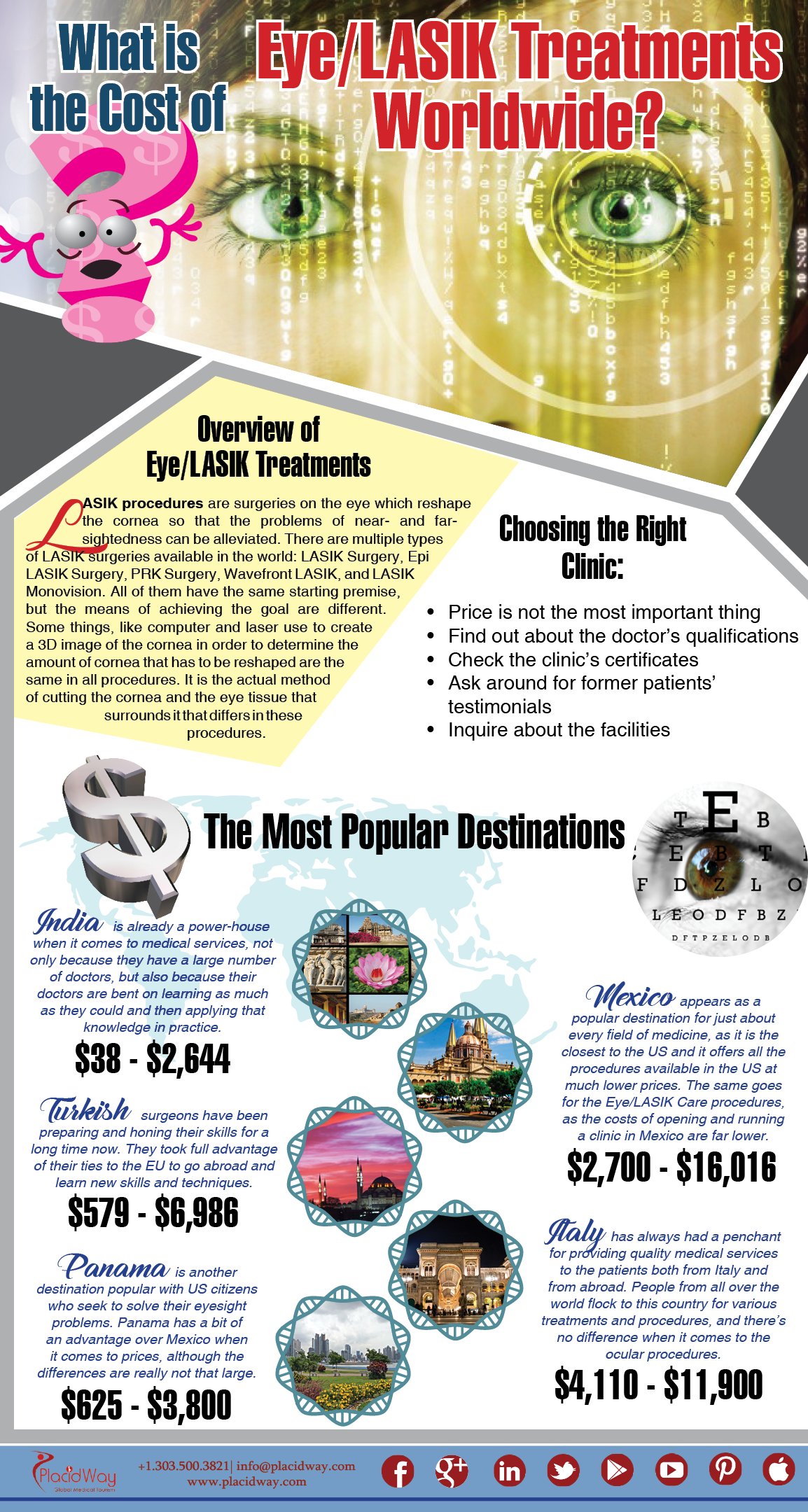What Are The Differences And Resemblances Between SMILE Eye Surgery And LASIK And PRK?
What Are The Differences And Resemblances Between SMILE Eye Surgery And LASIK And PRK?
Blog Article
Article Created By-Dreyer Wilder
If you've been considering SMILE eye surgery, you may question how it stacks up against LASIK and PRK. Each treatment has its very own set of benefits and considerations. From quicker healing times to potential risks, there are key differences you must recognize prior to making a decision. Comprehending these distinctions will aid you make an informed choice that aligns with your particular demands and expectations. Interested to know more concerning exactly how these procedures compare thoroughly? Keep on checking out to get a comprehensive understanding of SMILE, LASIK, and PRK.
SMILE Eye Surgical Procedure Overview
If you're considering SMILE eye surgery, you'll locate it to be a minimally intrusive treatment with a quick recovery time. During SMILE (Tiny Laceration Lenticule Removal), a laser is used to develop a little, specific cut in the cornea to remove a little piece of tissue, improving it to fix your vision. This varies from LASIK, where a flap is produced, and PRK, where the external layer of the cornea is totally removed.
One of the essential advantages of SMILE is its minimally invasive nature, leading to a faster healing process and much less discomfort post-surgery. The recovery time for SMILE is fairly fast, with several clients experiencing boosted vision within a day or 2. This makes it a preferred option for those looking for a hassle-free and efficient vision modification procedure. In addition, SMILE has been shown to have a reduced risk of dry eye disorder compared to LASIK, making it a desirable alternative for individuals worried about this prospective negative effects.
Differences In Between SMILE, LASIK, and PRK
When comparing SMILE, LASIK, and PRK eye surgical procedures, it's important to comprehend the unique strategies used in each procedure for vision adjustment.
How Do They Do LASIK Eye Surgery (Small Incision Lenticule Extraction) is a minimally intrusive procedure that includes creating a little cut to remove a lenticule from the cornea, improving it to correct vision.
LASIK (Laser-Assisted Sitting Keratomileusis) involves developing a thin flap on the cornea, using a laser to improve the underlying cells, and after that repositioning the flap.
PRK (Photorefractive Keratectomy) gets rid of the outer layer of the cornea before reshaping the tissue with a laser.
The major difference depends on the means the cornea is accessed and dealt with. SMILE is flapless, making it an excellent option for people with slim corneas or those involved in get in touch with sports. LASIK offers quick aesthetic recovery because of the flap production, but it may posture a greater risk of flap-related difficulties. PRK, although having a longer recuperation duration, stays clear of flap-related problems altogether.
Comprehending these differences is critical in choosing one of the most ideal treatment for your vision modification demands.
Pros and Cons Contrast
To review the benefits and downsides of SMILE, LASIK, and PRK eye surgical treatments, it's important to take into consideration the particular advantages and potential limitations of each treatment. SMILE surgery offers the advantage of a minimally invasive treatment, with a smaller laceration and possibly quicker recovery time contrasted to LASIK and PRK. It additionally lowers the risk of dry eye post-surgery, a typical side effect of LASIK. Nonetheless, SMILE might have limitations in treating higher degrees of nearsightedness or astigmatism compared to LASIK.
LASIK surgical procedure gives fast aesthetic recuperation and very little pain throughout the treatment. It's highly reliable in dealing with a wide variety of refractive errors, consisting of myopia, hyperopia, and astigmatism. Yet, LASIK brings a threat of flap problems, which can influence the corneal structure.
PRK eye surgical procedure, while not as popular as LASIK, prevents creating a corneal flap, decreasing the risk of flap-related complications. It's suitable for people with slim corneas or uneven corneal surface areas. Nonetheless, cataract surgery and astigmatism has a much longer recovery time and might involve extra pain throughout the healing process.
Final thought
So, when it concerns picking in between SMILE, LASIK, and PRK, think about it like picking the ideal set of footwear. SMILE is like a streamlined, comfy set of tennis shoes - quick and simple.
LASIK is extra like trendy high heels - showy and fast, but with some possible threats.
PRK is like sturdy treking boots - dependable and durable, but requiring a bit even more effort and time.
Ultimately, the most effective option depends upon your individual requirements and choices.
